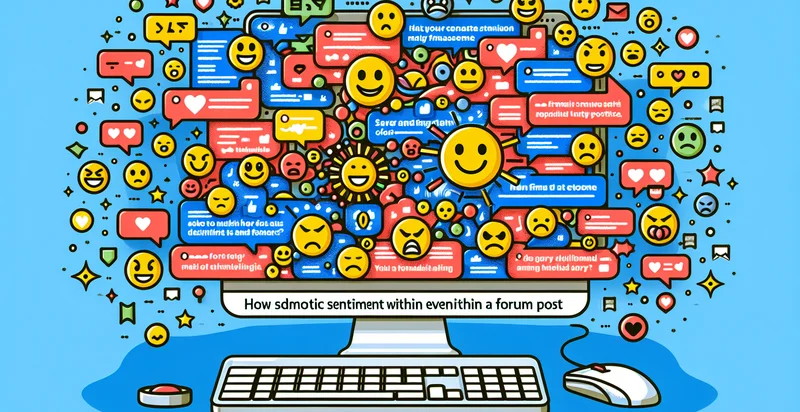Identify tweet sentiment
using AI
Below is a free classifier to identify tweet sentiment. Just input your text, and our AI will predict the sentiment of tweets as positive, negative, or neutral - in just seconds.

Contact us for API access
Or, use Nyckel to build highly-accurate custom classifiers in just minutes. No PhD required.
Get started
import nyckel
credentials = nyckel.Credentials("YOUR_CLIENT_ID", "YOUR_CLIENT_SECRET")
nyckel.invoke("tweet-sentiment", "your_text_here", credentials)
fetch('https://www.nyckel.com/v1/functions/tweet-sentiment/invoke', {
method: 'POST',
headers: {
'Authorization': 'Bearer ' + 'YOUR_BEARER_TOKEN',
'Content-Type': 'application/json',
},
body: JSON.stringify(
{"data": "your_text_here"}
)
})
.then(response => response.json())
.then(data => console.log(data));
curl -X POST \
-H "Content-Type: application/json" \
-H "Authorization: Bearer YOUR_BEARER_TOKEN" \
-d '{"data": "your_text_here"}' \
https://www.nyckel.com/v1/functions/tweet-sentiment/invoke
How this classifier works
To start, input the text that you'd like analyzed. Our AI tool will then predict the sentiment of tweets as positive, negative, or neutral.
This pretrained text model uses a Nyckel-created dataset and has 11 labels, including Mixed, Negative, Neutral, Optimistic, Pessimistic, Positive, Sarcastic, Somewhat Negative, Somewhat Positive and Very Negative.
We'll also show a confidence score (the higher the number, the more confident the AI model is around the sentiment of tweets as positive, negative, or neutral).
Whether you're just curious or building tweet sentiment detection into your application, we hope our classifier proves helpful.
Related Classifiers
Need to identify tweet sentiment at scale?
Get API or Zapier access to this classifier for free. It's perfect for:
- Social Media Monitoring: Organizations can employ the tweet sentiment identifier to monitor public opinion about their brand or products. By analyzing the sentiment of tweets in real-time, businesses can quickly respond to negative feedback and enhance engagement with positive sentiments.
- Market Research: Companies can leverage the tool to gather insights into customer preferences and trends by analyzing sentiment around specific topics or competitors. This information assists in crafting targeted marketing strategies and improving product offerings.
- Crisis Management: In times of potential public relations crises, the identifier can help businesses detect negative sentiment spikes on social media. Timely recognition allows companies to address issues promptly and mitigate potential damage to their reputation.
- Influencer Identification: The sentiment analysis can help identify influential users who generate positive discussions in specific niches. Brands can collaborate with these influencers to promote their products and enhance their visibility in target markets.
- Product Development Feedback: Companies can analyze sentiments about features or reviews of their products on Twitter to inform product improvements. Incorporating customer feedback derived from sentiment analysis can lead to better user experiences and higher satisfaction rates.
- Ad Campaign Effectiveness: By monitoring sentiment surrounding advertising campaigns on Twitter, businesses can evaluate their impact and reception. This allows marketers to adjust strategies in real-time, ensuring their messaging resonates positively with the audience.
- Competitor Analysis: Businesses can utilize the sentiment identifier to analyze public sentiment regarding their competitors. By understanding how customers feel about rival brands, companies can refine their own strategies and position themselves more effectively in the market.


